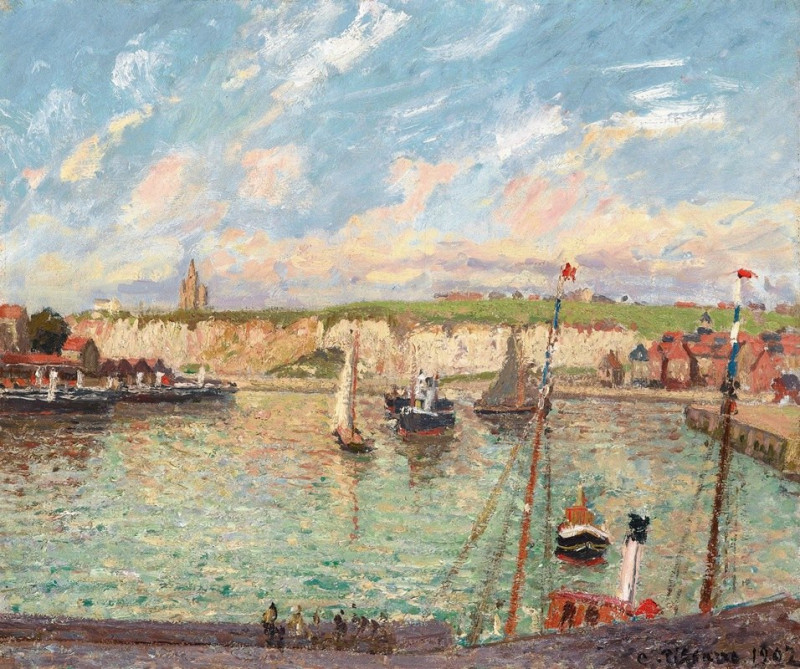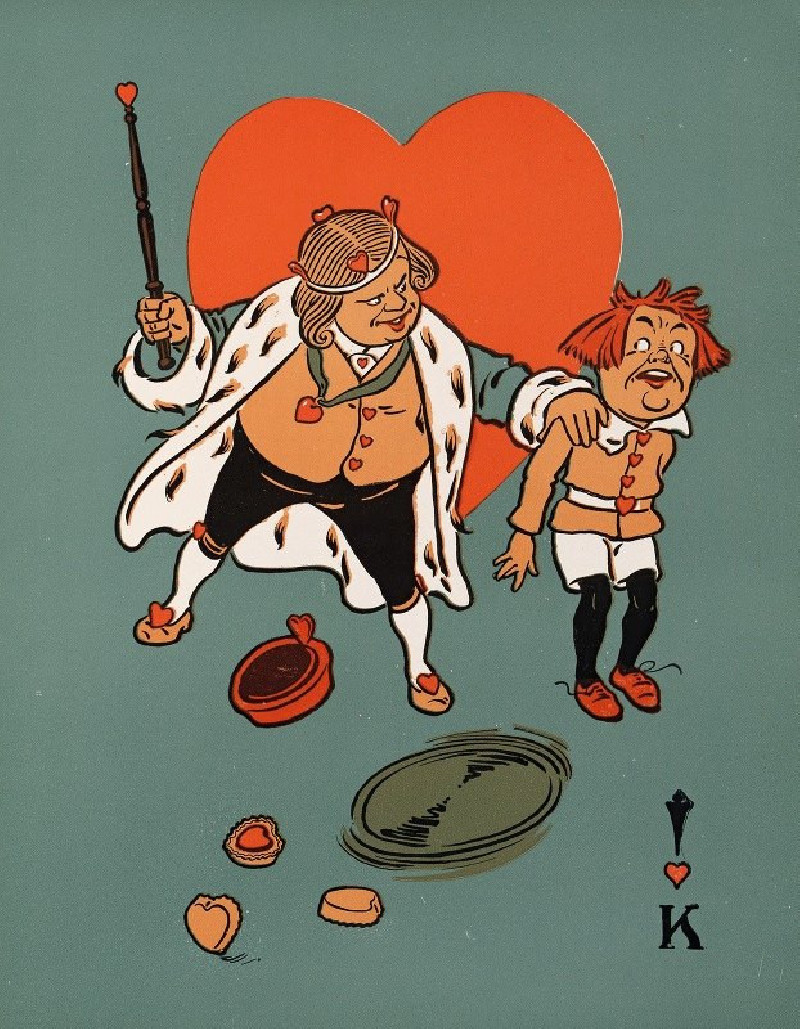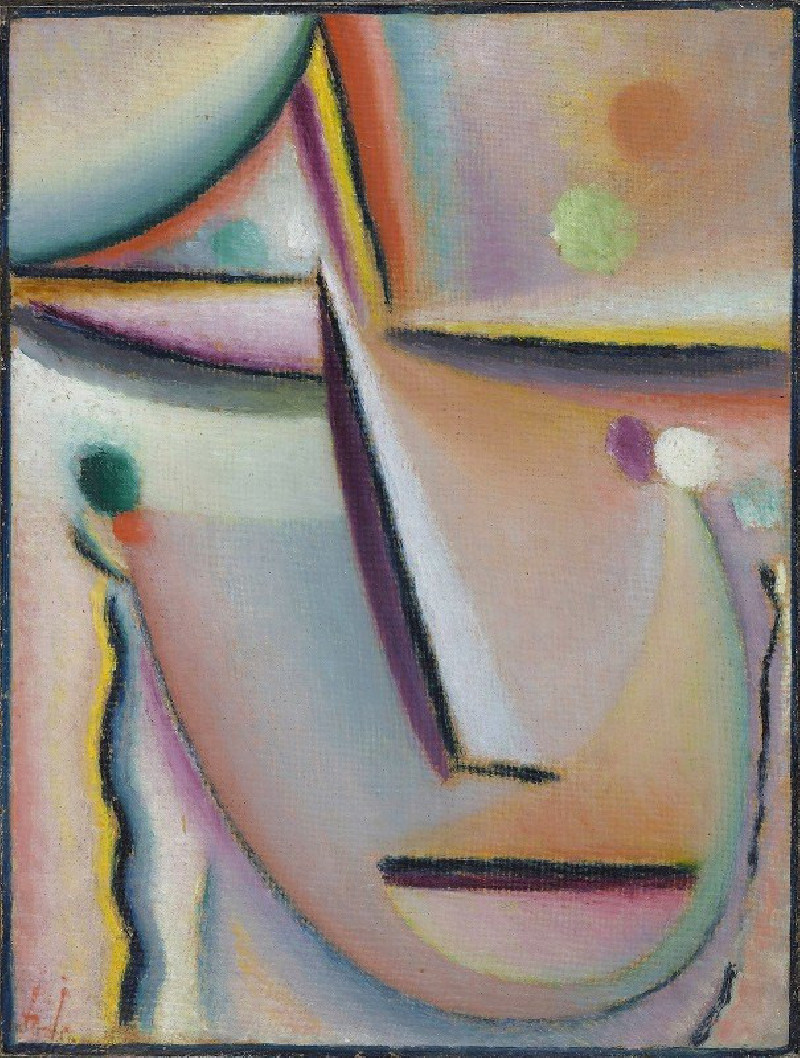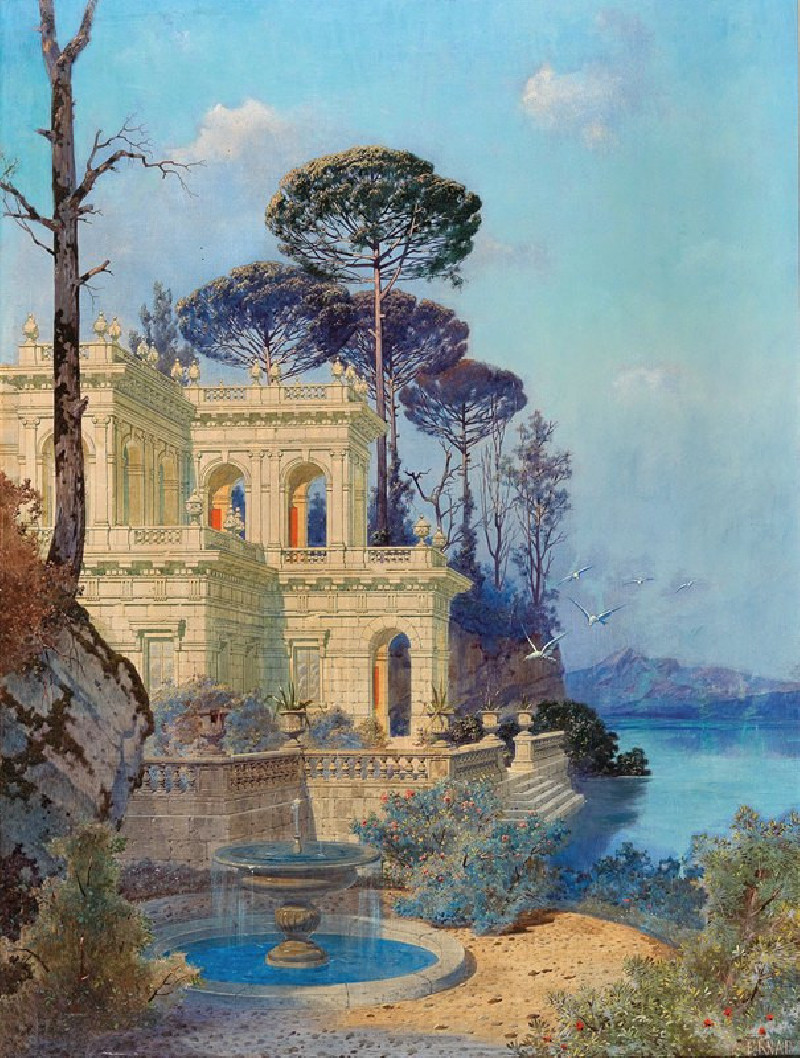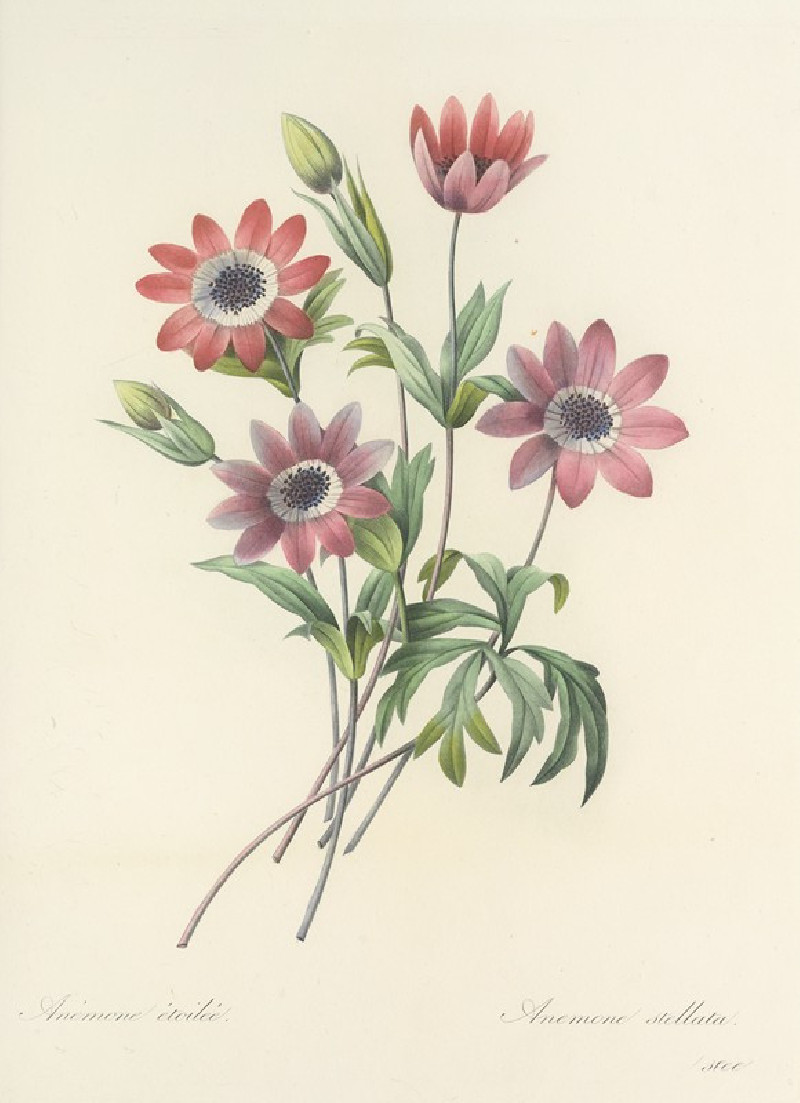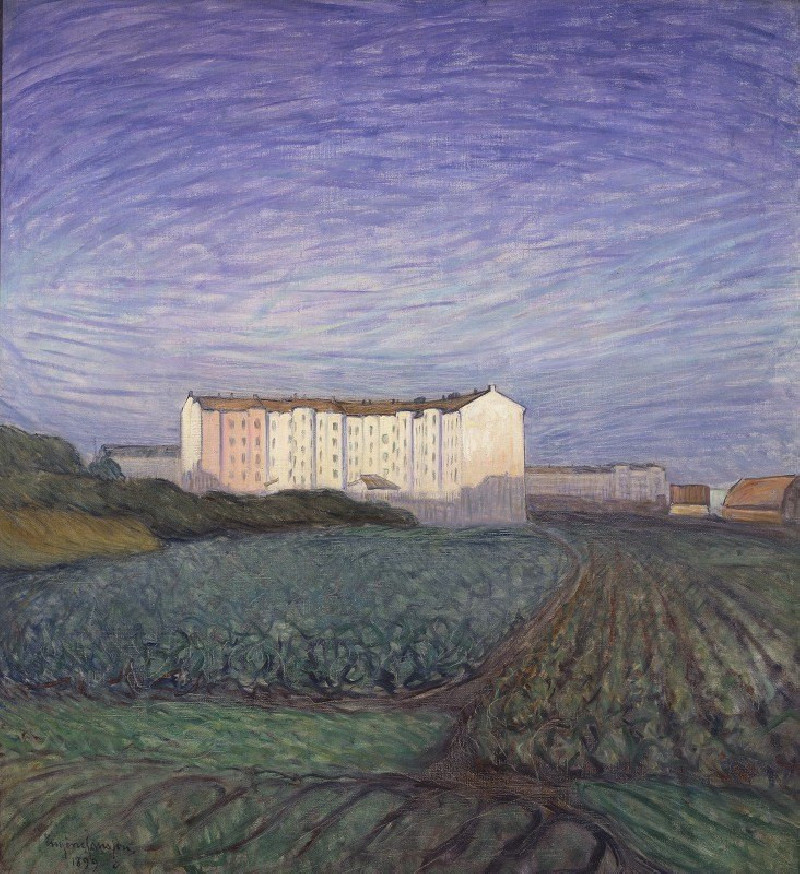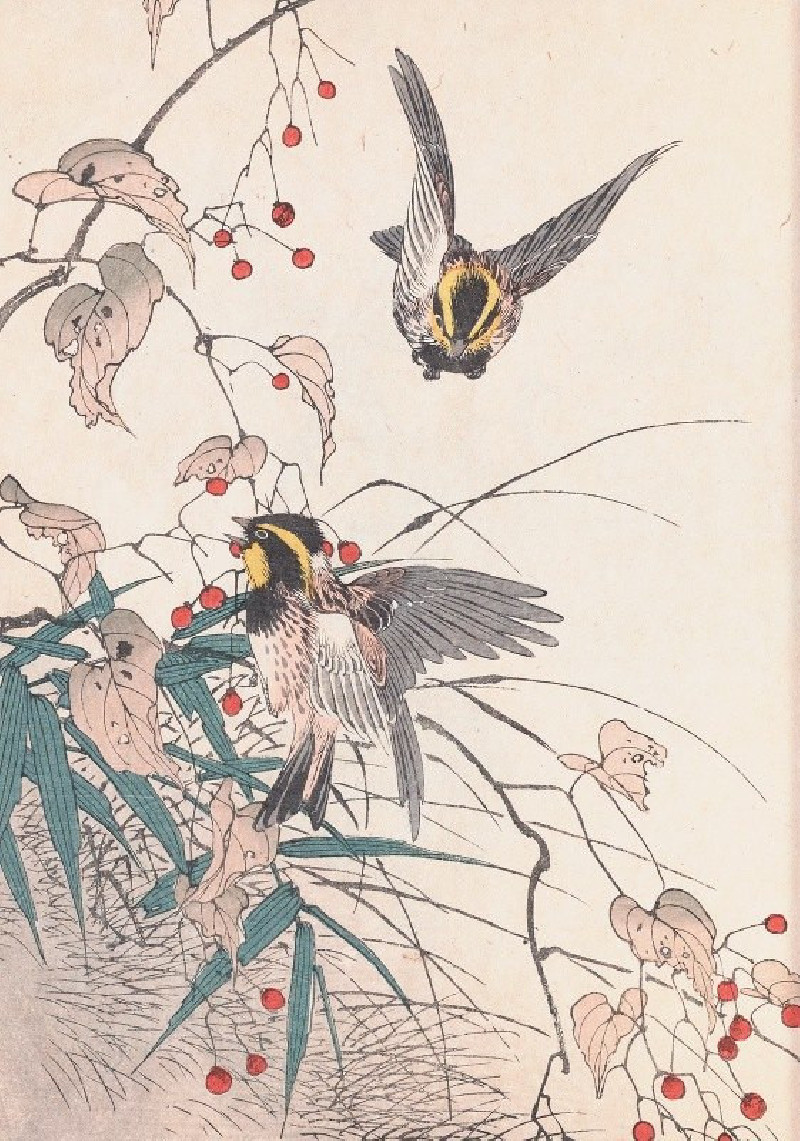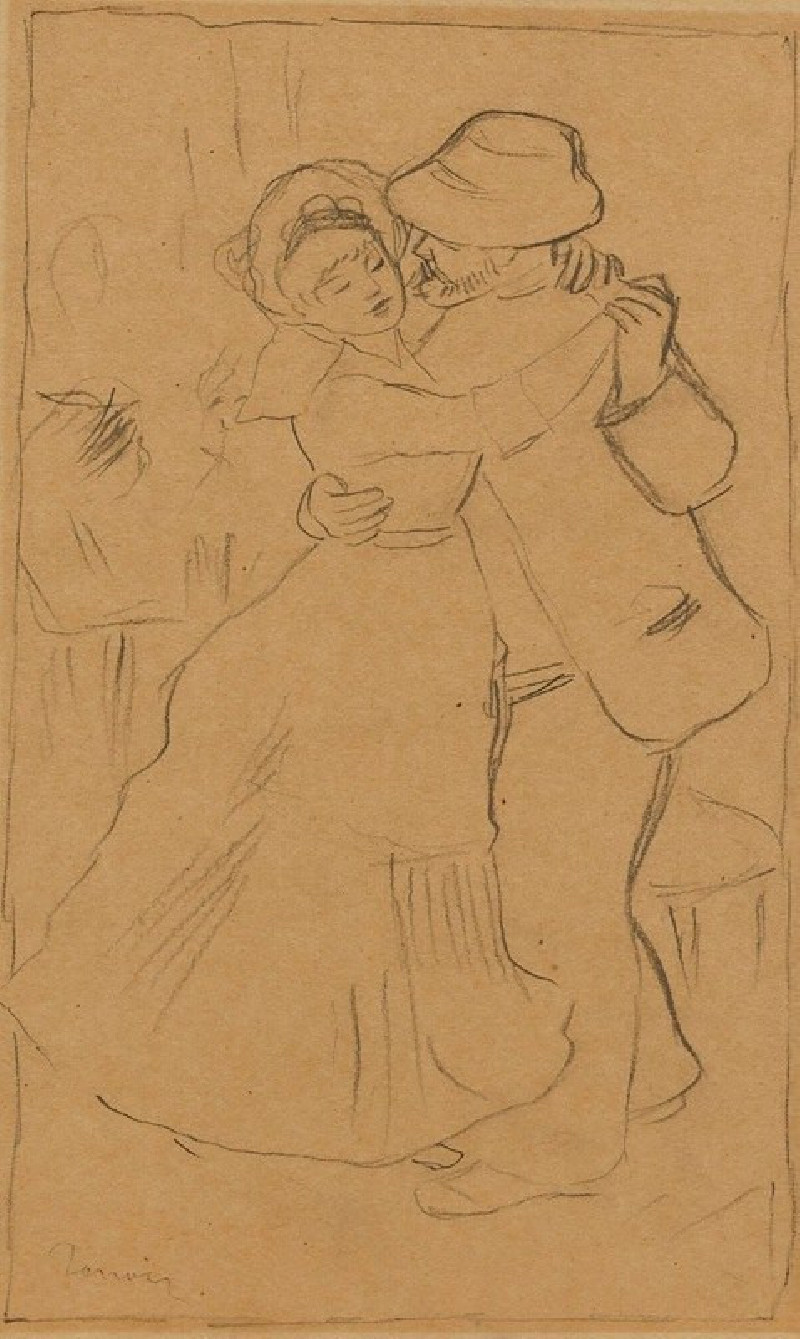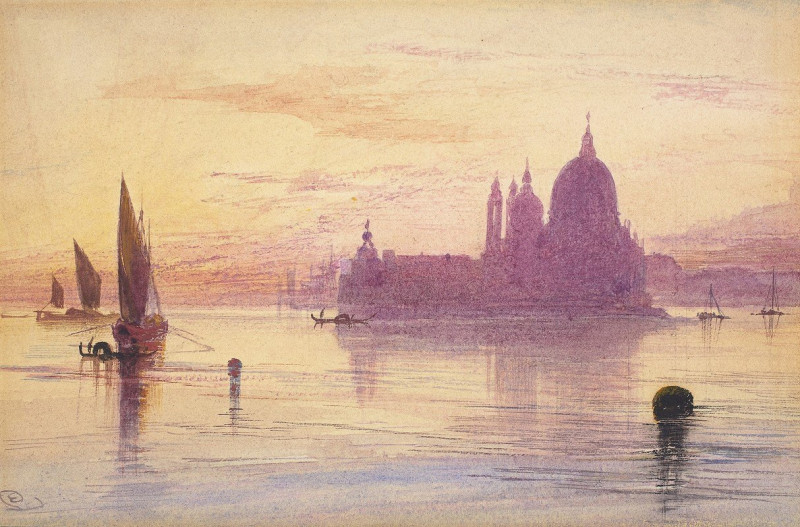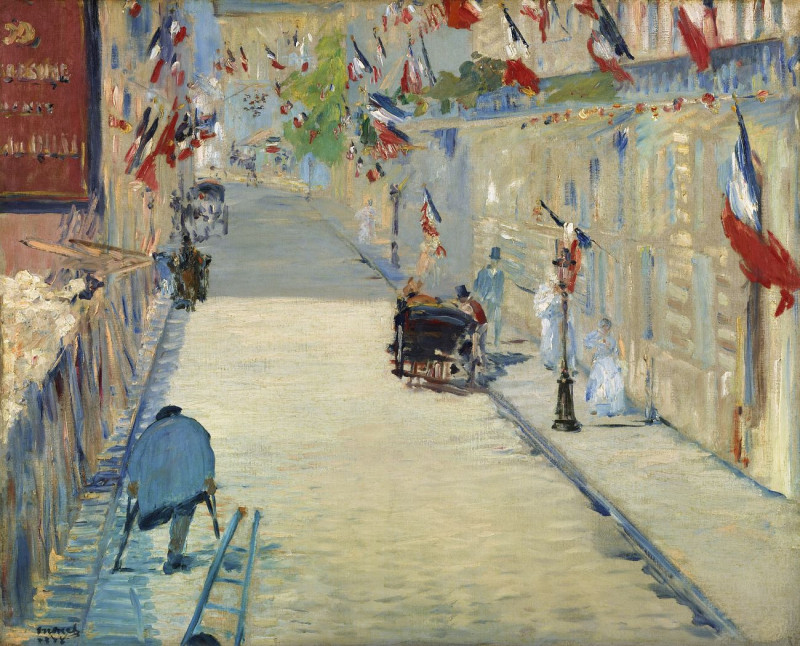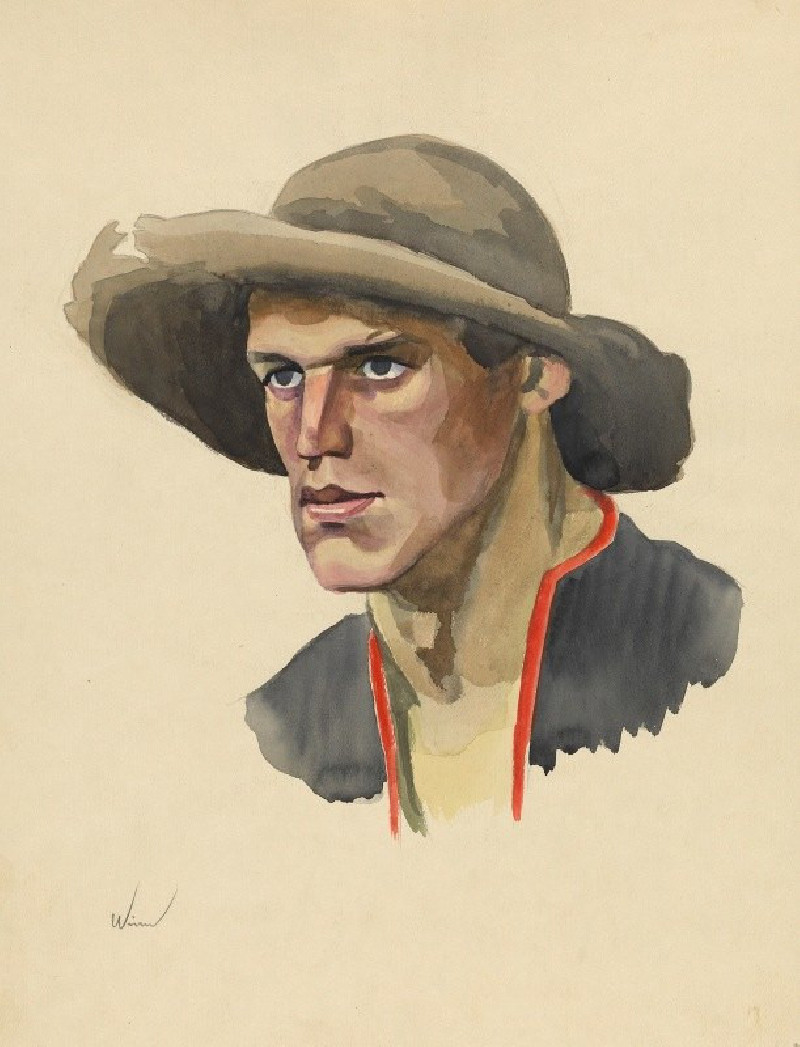Ruins. Temple on the Island of Biggeh [Bîga, Bîjah], Nubia. (1846-1849)
Technique: Giclée quality print
Recommended by our customers
More about this artwork
David Roberts' evocative painting, titled "Ruins. Temple on the Island of Biggeh [Bîga, Bîjah], Nubia" from the period 1846-1849, captures a serene yet poignant glimpse of antiquity. This artwork stands as a testament to the enduring allure of Egypt's architectural and cultural heritage, showcasing the ruins of a majestic temple.The painting is set on the tranquil island of Biggeh, near the First Cataract of the Nile in Nubia. Roberts skillfully depicts the crumbling yet still imposing archway and several columns, remnants of a once-grand temple. The columns, crowned with intricate capitals, and the grand arch suggest a blend of Roman and Egyptian architectural styles, emphasizing the historical confluence of different cultures in this region.In the foreground, Roberts introduces a human element, portraying local Nubian figures in vibrant attire, which adds a burst of color against the muted, earthy tones of the ruins. These figures are engaged in various activities, some conversing while others rest, adding a layer of everyday life to the historic and monumental backdrop.The soft, diffuse light and the clear sky hint at the tranquility and the timeless beauty of the scene, inviting the viewer to reflect on the passage of time and the legacy of ancient civilizations. Roberts' use of light not only highlights the textural details of the stone but also casts gentle shadows that give life and three-dimensionality to the structures.This painting, with its meticulous detail and atmospheric quality, not only documents an archaeological site but also evokes a sense of nostalgia and reverence for a world long past.
Delivery
Returns
David Roberts (24 October 1796 – 25 November 1864) was a Scottish painter. He is especially known for The Holy Land, Syria, Idumea, Arabia, Egypt, and Nubia, a prolific series of detailed lithograph prints of Egypt and the Near East that he produced from sketches he made during long tours of the region (1838–1840). These and his large oil paintings of similar subjects made him a prominent Orientalist painter. He was elected as a Royal Academician in 1841.

![Ruins. Temple on the Island of Biggeh [Bîga, Bîjah], Nubia. (1846-1849) reproduction of painting by David Roberts. ALL GICLEE... Ruins. Temple on the Island of Biggeh [Bîga, Bîjah], Nubia. (1846-1849) reproduction of painting by David Roberts. ALL GICLEE...](https://reprodukcijos.lt/39122-large_default/reproduction-of-ruins-temple-on-the-island-of-biggeh-biga-bijah-nubia-1846-1849.jpg)
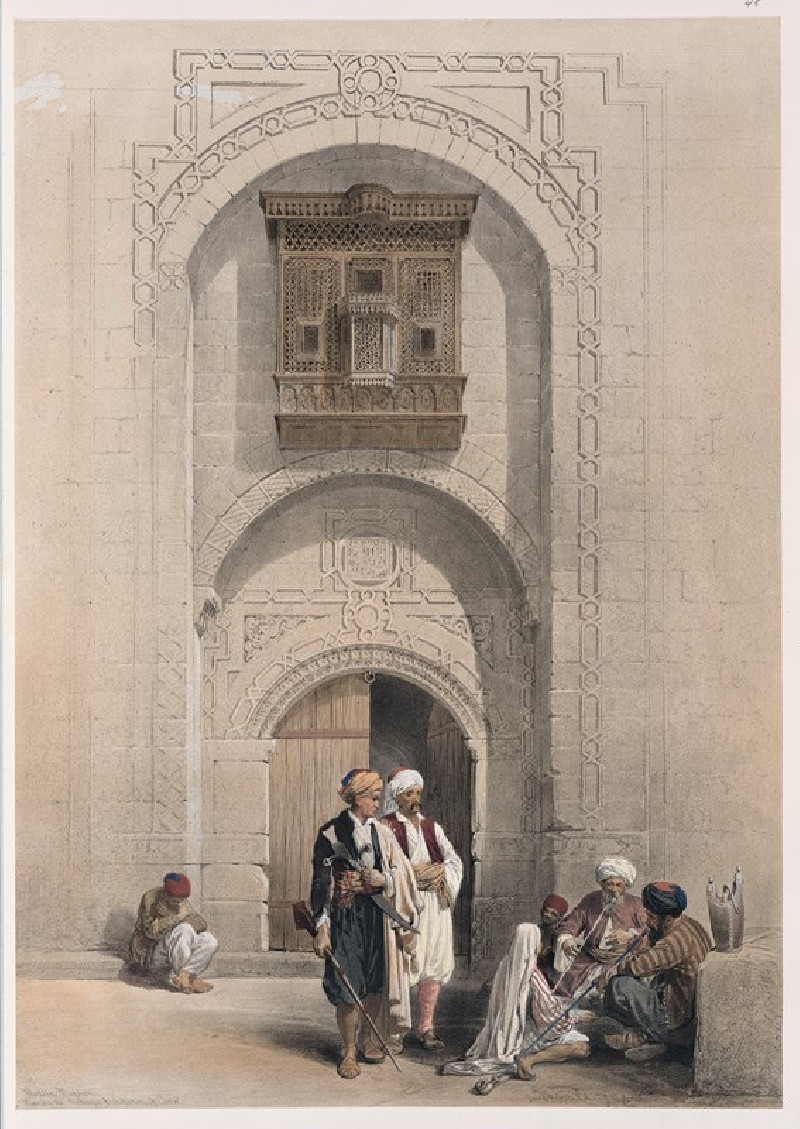
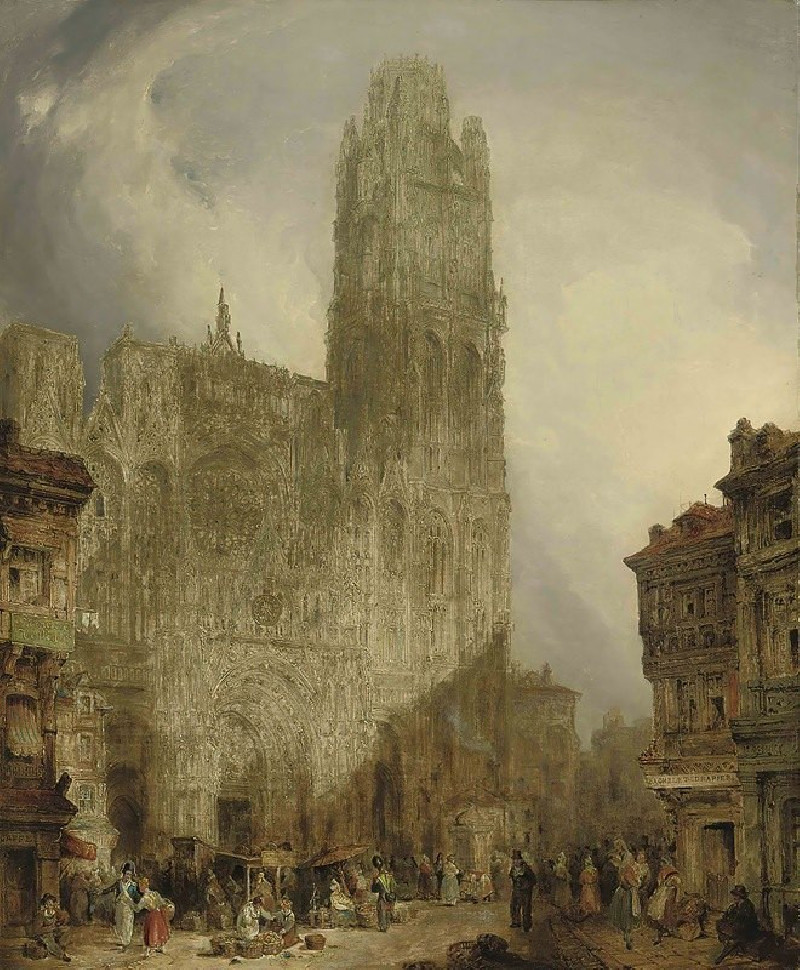
![Siout [Asyût]. Upper Egypt. (1846-1849) reproduction of painting by David Roberts. ALL GICLEE PRINTS](https://reprodukcijos.lt/39216-large_default/reproduction-of-siout-asyut-upper-egypt-1846-1849.jpg)
![Hermont [Armant], ancient Hirmonthis. Nov. 26th, 1838. (1846-1849) reproduction of painting by David Roberts. ALL GICLEE PRINTS](https://reprodukcijos.lt/39215-large_default/reproduction-of-hermont-armant-ancient-hirmonthis-nov-26th-1838-1846-1849.jpg)
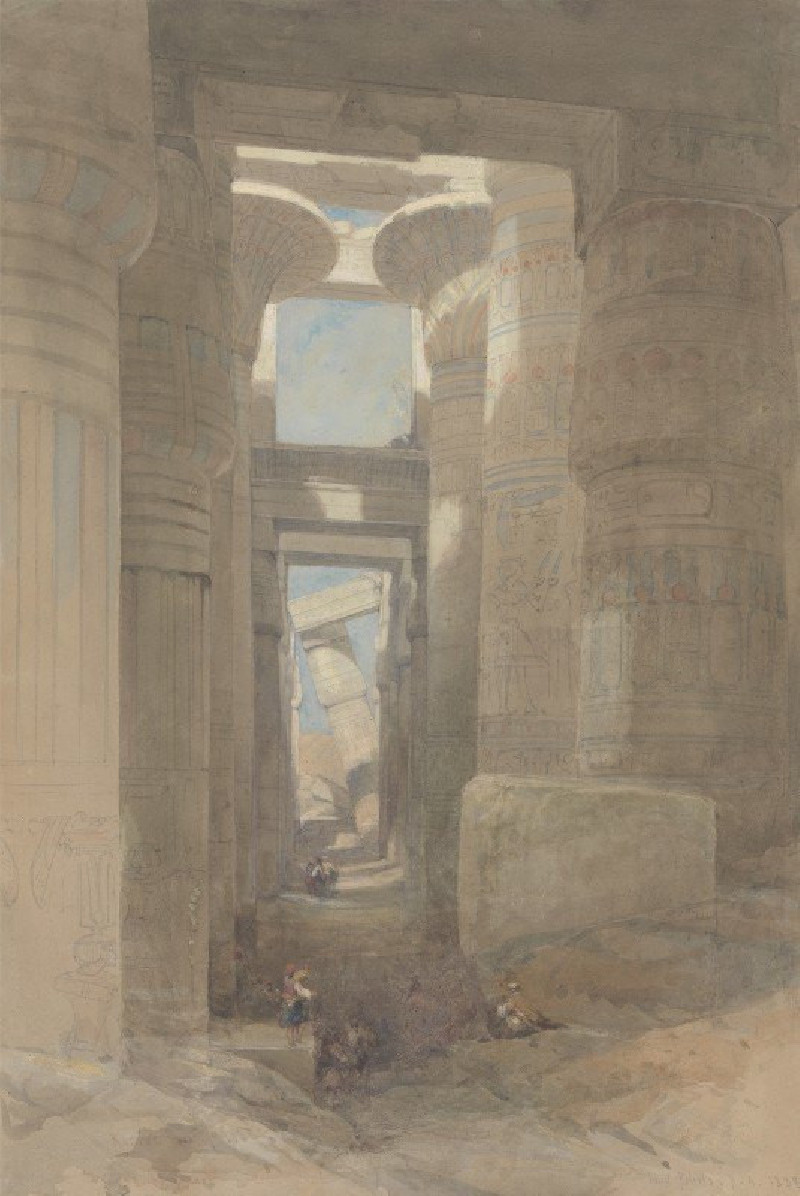
![Temple of Wady Saboua [Wadi al-Sabua], Nubia. (1846-1849) reproduction of painting by David Roberts. ALL GICLEE PRINTS](https://reprodukcijos.lt/39213-large_default/reproduction-of-temple-of-wady-saboua-wadi-al-sabua-nubia-1846-1849.jpg)
![Portico of the Temple of Edfou [Idfû], Upper Egypt. Nov. 23rd, 1838. (1846-1849) reproduction of painting by David Roberts. A...](https://reprodukcijos.lt/39212-large_default/reproduction-of-portico-of-the-temple-of-edfou-idfu-upper-egypt-nov-23rd-1838-1846-1849.jpg)
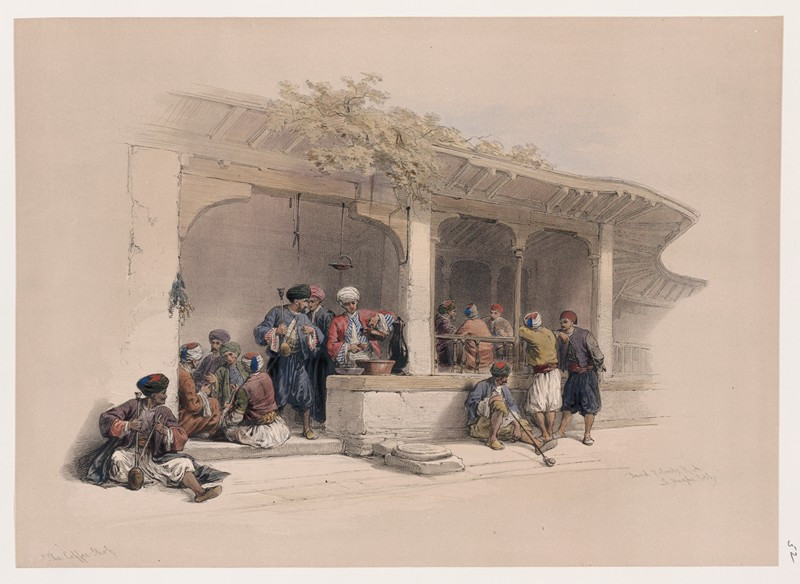

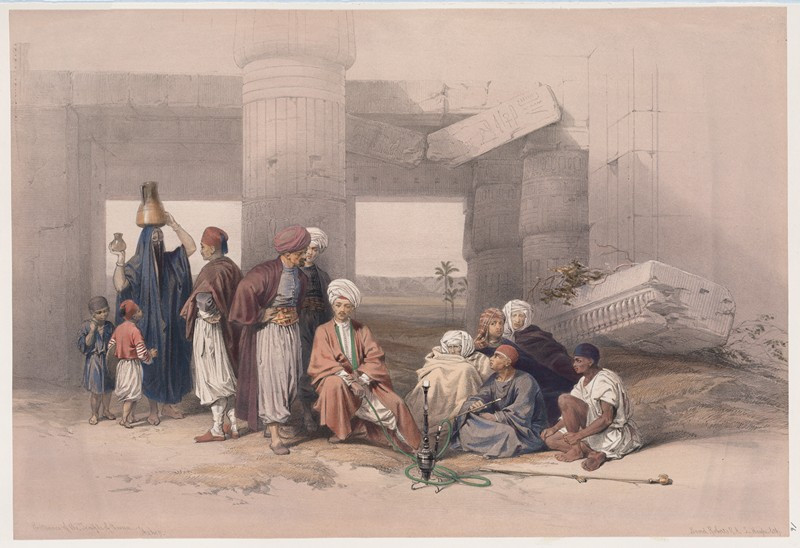
![Edfou [Edfu, Idfû]. Nov. 24th, 1838. (1846-1849) reproduction of painting by David Roberts. ALL GICLEE PRINTS](https://reprodukcijos.lt/39208-large_default/reproduction-of-edfou-edfu-idfu-nov-24th-1838-1846-1849.jpg)
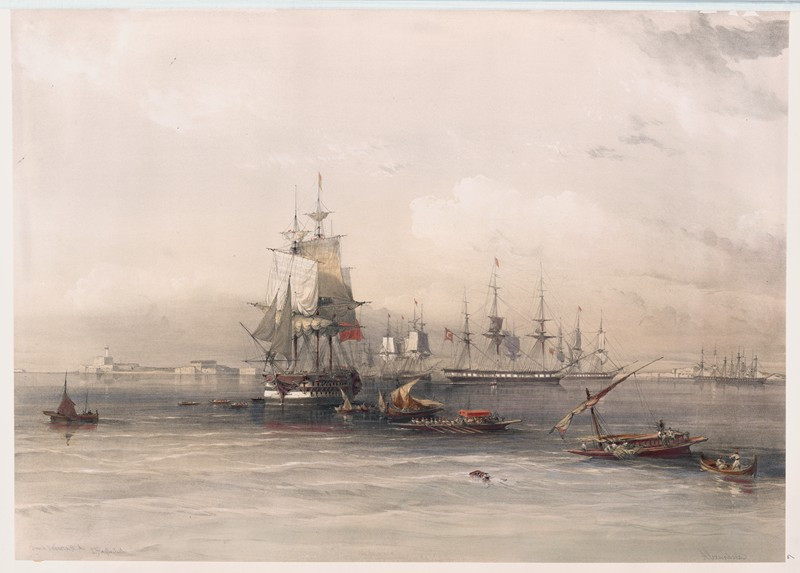
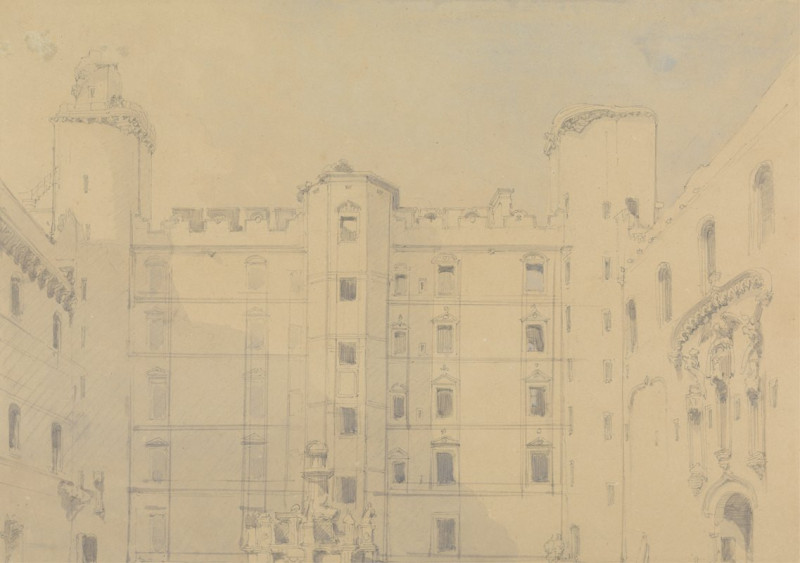
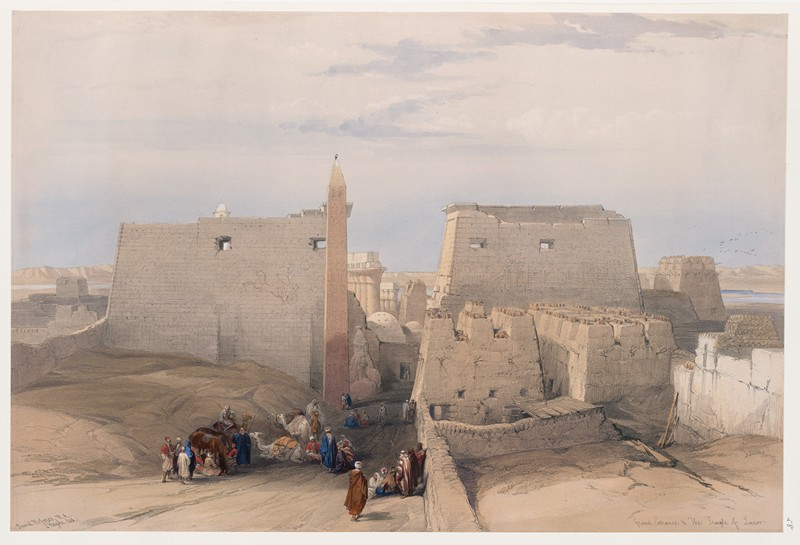

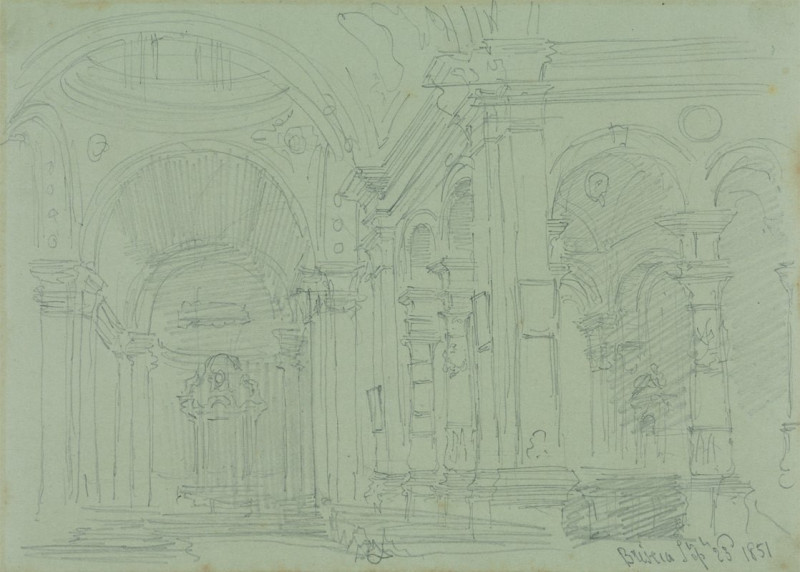
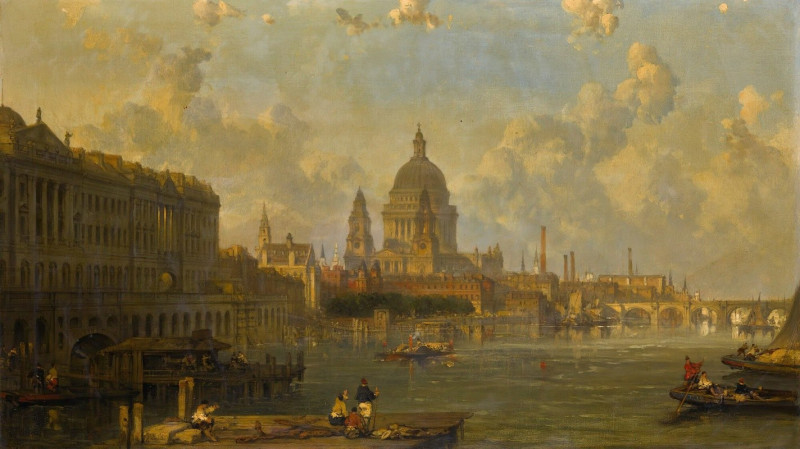
![Temple of Kalabshee [Kalabsha, Kalâbishah], Nubia. Nov. 1838. (1846-1849) reproduction of painting by David Roberts. ALL GICL...](https://reprodukcijos.lt/39201-large_default/reproduction-of-temple-of-kalabshee-kalabsha-kalabishah-nubia-nov-1838-1846-1849.jpg)
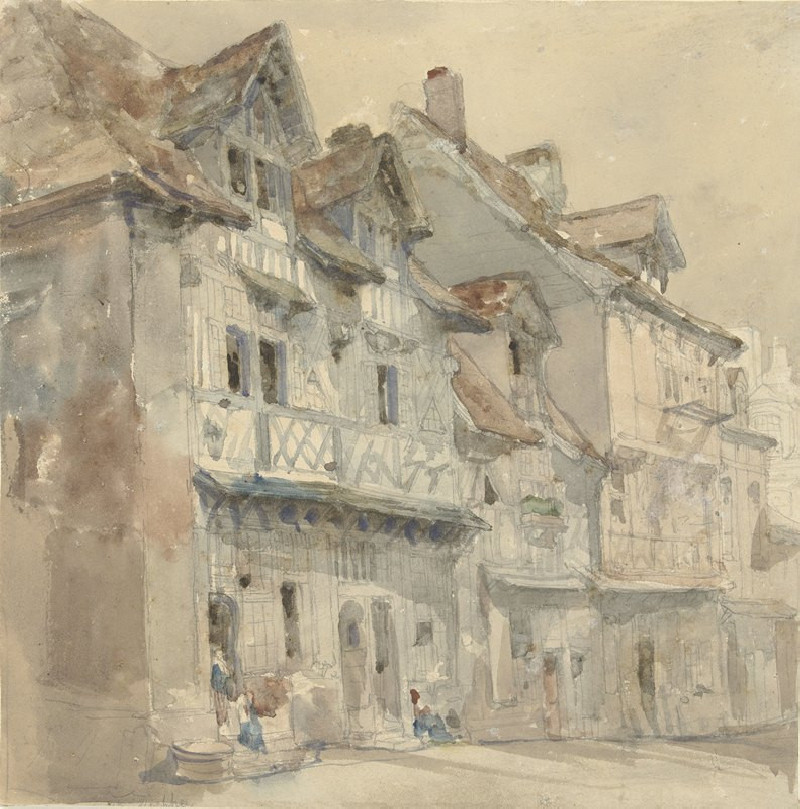
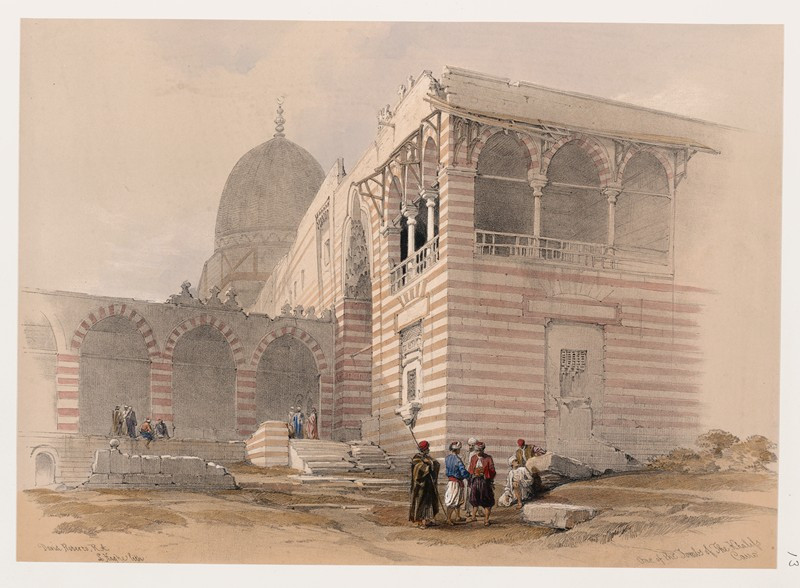

![Ruins of the Temple of Kardeseh [Qirtâsî], Nubia. (1846-1849) reproduction of painting by David Roberts. ALL GICLEE PRINTS](https://reprodukcijos.lt/39187-large_default/reproduction-of-ruins-of-the-temple-of-kardeseh-qirtasi-nubia-1846-1849.jpg)
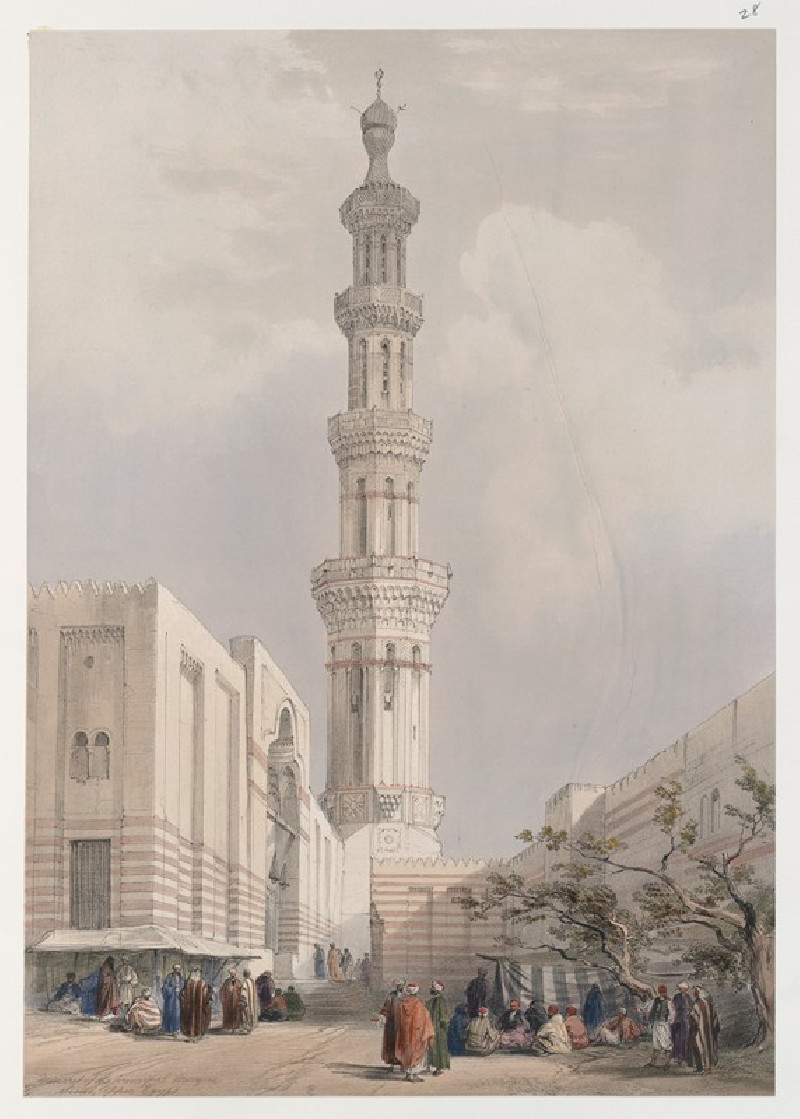
![Pyramids of Geezeh [Giza]. (1846-1849) reproduction of painting by David Roberts. ALL GICLEE PRINTS](https://reprodukcijos.lt/39185-large_default/reproduction-of-pyramids-of-geezeh-giza-1846-1849.jpg)
![Excavated temples of Aboosimble [Abû Sunbul], Nubia. (1846-1849) reproduction of painting by David Roberts. ALL GICLEE PRINTS](https://reprodukcijos.lt/39184-large_default/reproduction-of-excavated-temples-of-aboosimble-abu-sunbul-nubia-1846-1849.jpg)

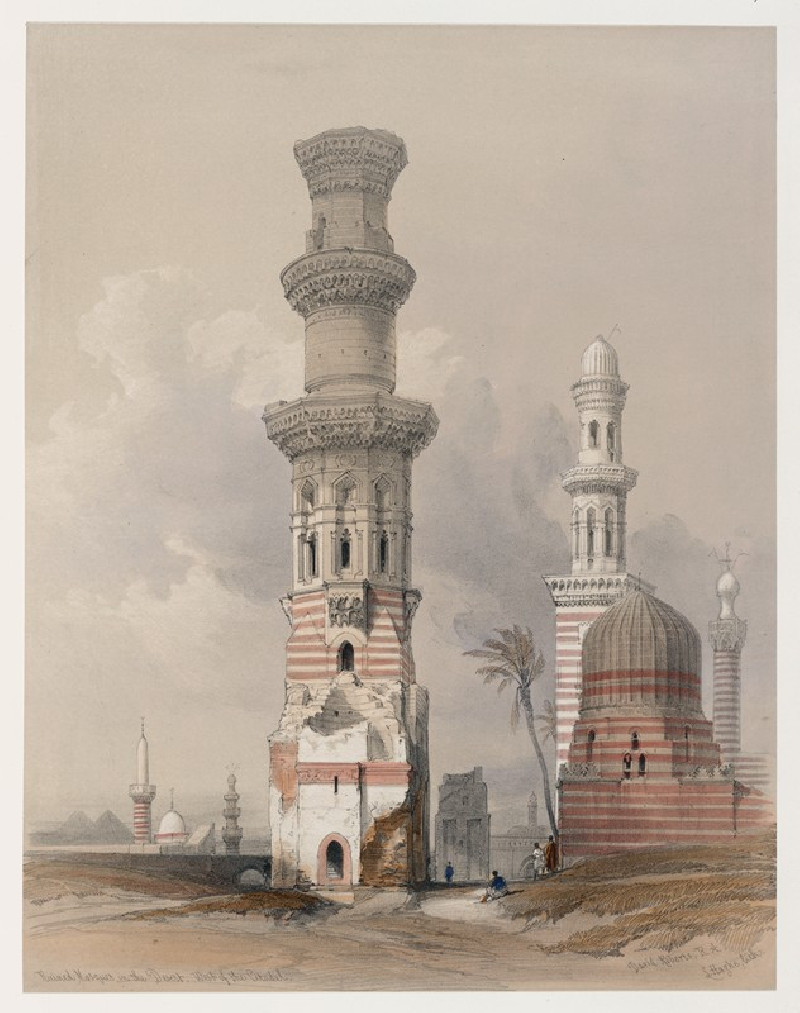


![Dayr el Medeeneh [Dayr al-Madînah], Thebes. (1846-1849) reproduction of painting by David Roberts. ALL GICLEE PRINTS](https://reprodukcijos.lt/39182-large_default/reproduction-of-dayr-el-medeeneh-dayr-al-madinah-thebes-1846-1849.jpg)
